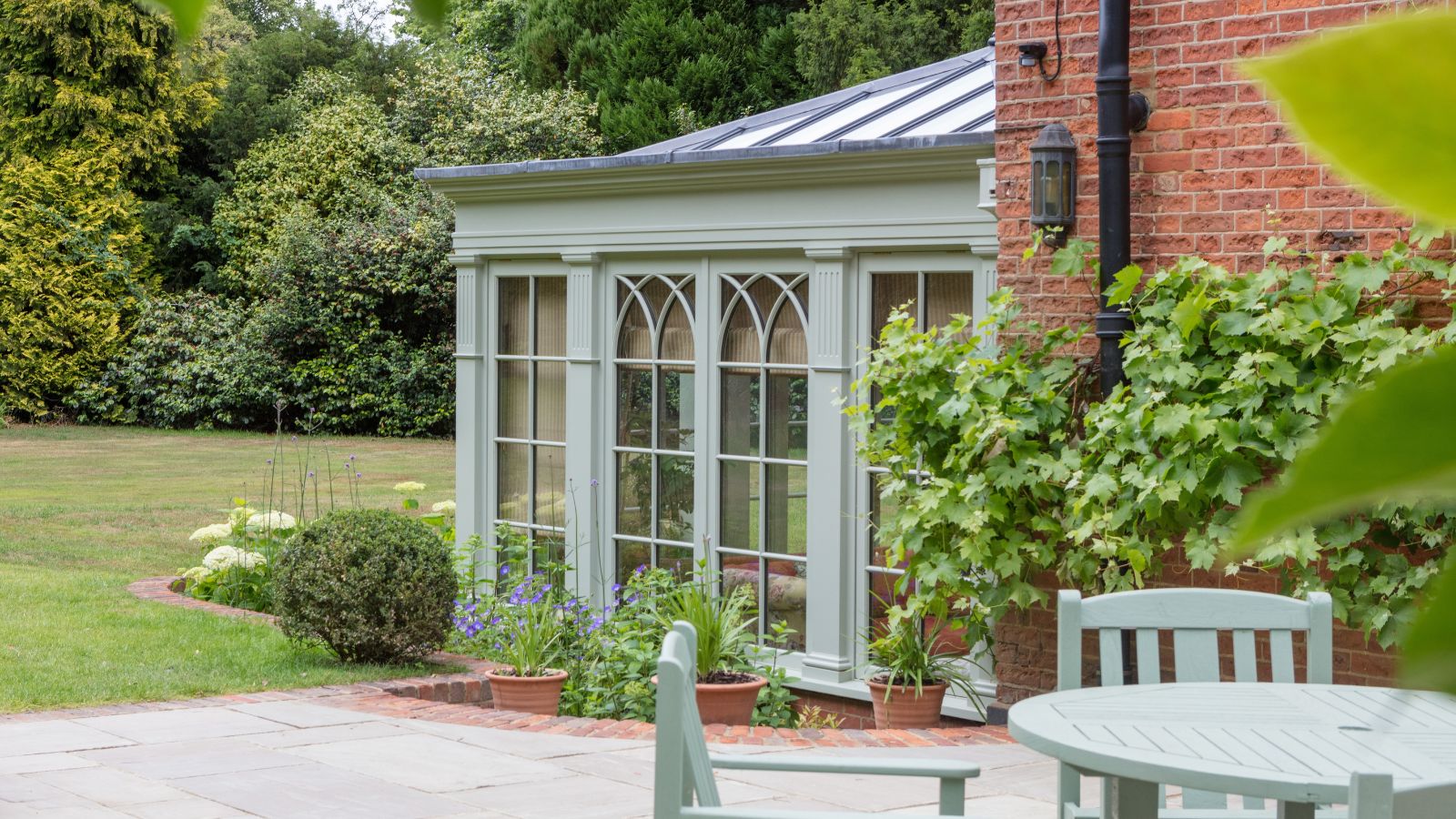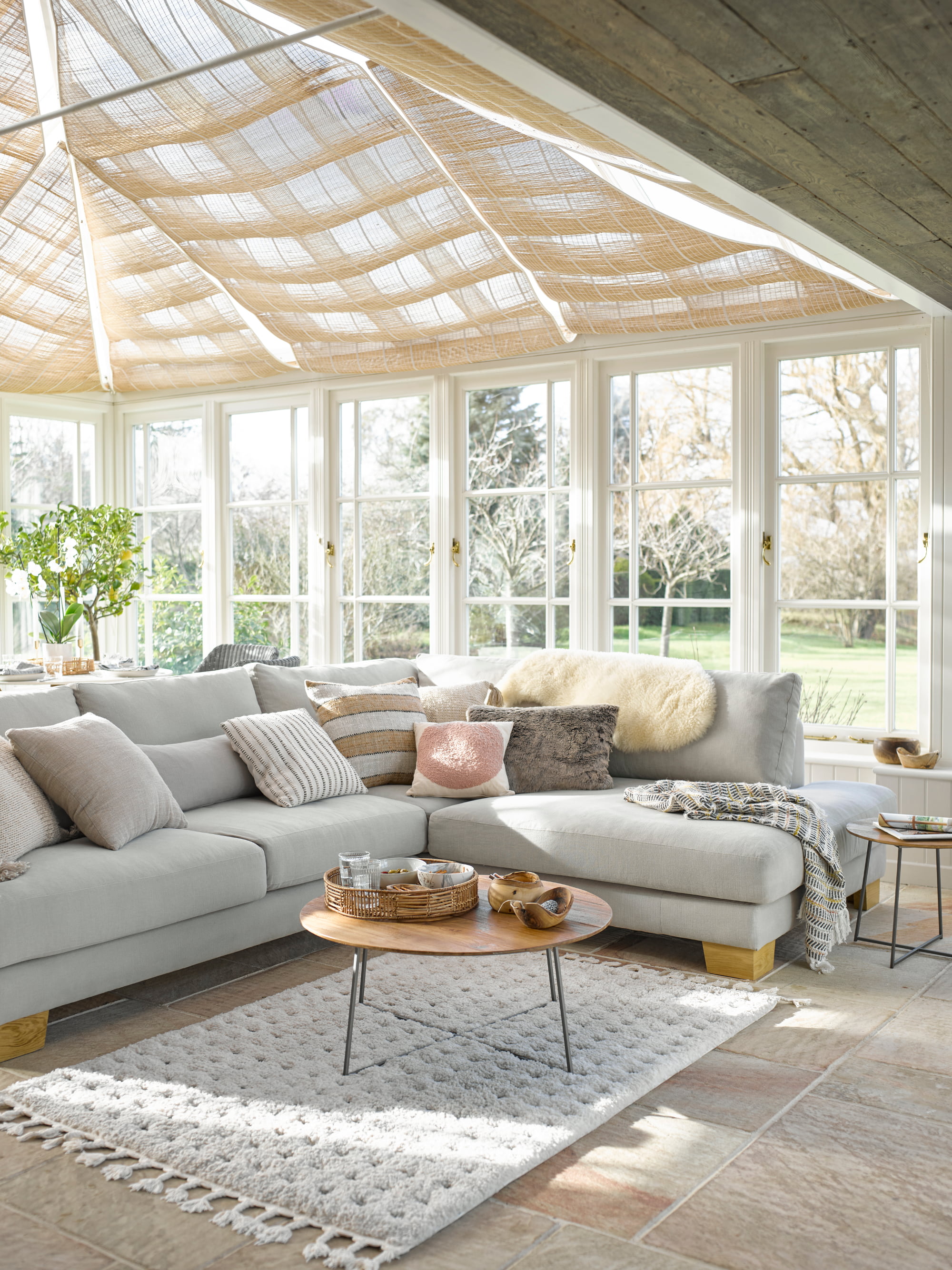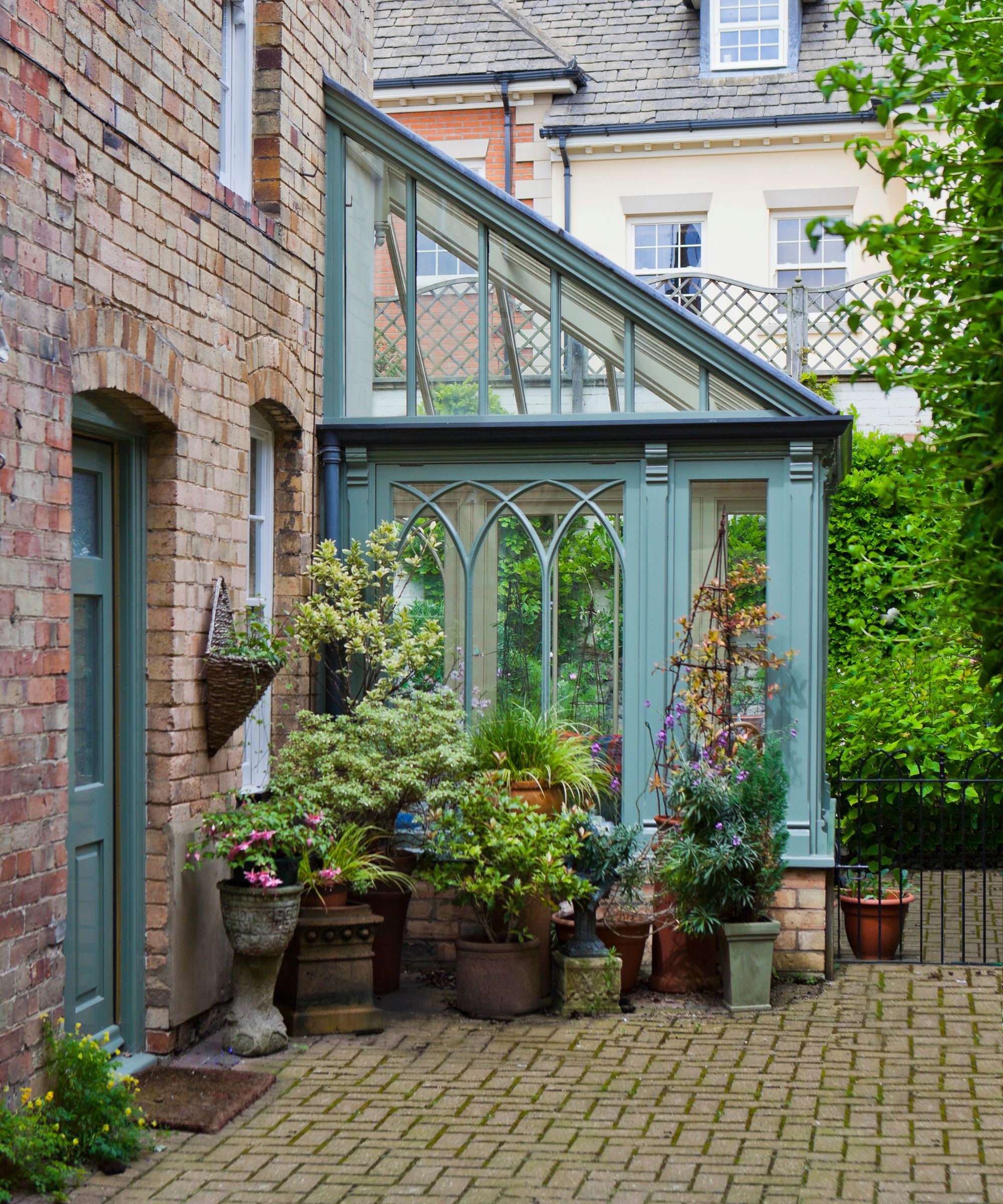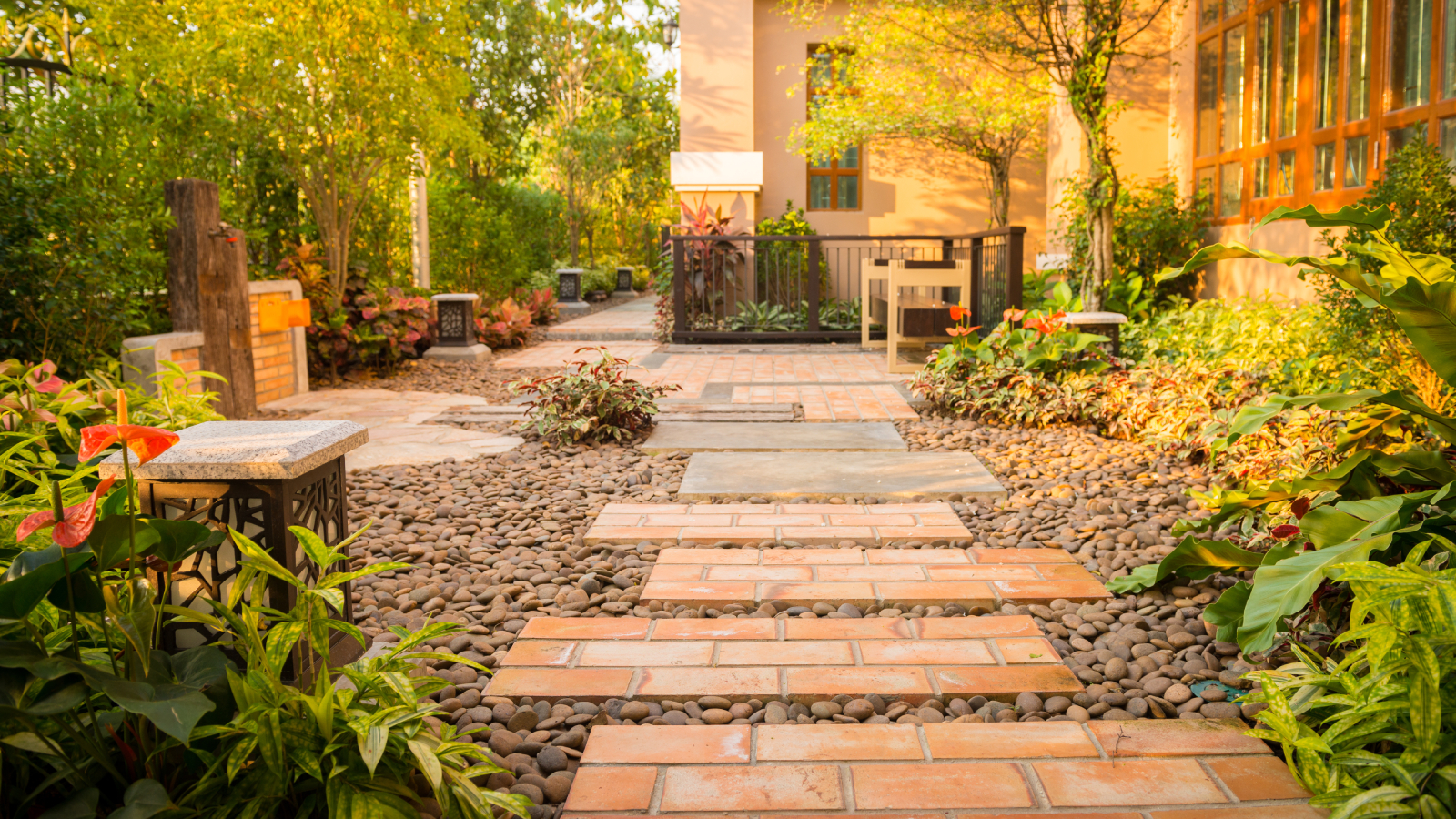Experts reveal how much value a conservatory will add to your home
We discover how much value a conservatory will add to a home on average and what style of conservatory makes for the best investment

If you’re wondering how to add value to your home, a conservatory might be the upgrade you’re looking for. From light-filled dining spaces to glazed extensions with garden views, there are endless conservatory ideas to explore, and many of them can translate into added value for your property.
But just how much can you expect to gain? And what separates a conservatory that adds value from one that potentially detracts from it? From the materials you use to how well the new space complements your home’s design, there are several important considerations that will influence the return on your investment.
Will a conservatory add value to my home?
Our experts break down exactly how a conservatory can add value to your home, covering everything from conservatory types, build quality, and what to prioritise when you’re ready to design a conservatory that stands the test of time.
How much value does a conservatory add to a home?

“A well-designed conservatory can increase your property value by an average of 5–7%,” says Sharon Wright, sales director and co-founder of DHW Joinery. “For instance, if your home is valued at £800,000, adding a conservatory could potentially raise its value to £850,000 or more”.
And if you go the extra mile with quality finishes and a bespoke design, the uplift could be even more impressive. “A thoughtfully-designed conservatory, built from good quality materials, can significantly increase the value of a home, typically by up to 5–10% depending on the specification and integration with the property,” explains Karen Bell, sales director at David Salisbury Conservatories. “This value can be notably higher if choosing a well-known brand of conservatory”.
“In some cases, clients have reported up to a 10% increase in their home value when adding a sunroom to extend their kitchen or dining living space,” Sharon adds.

Sharon Wright is the co-founder and Director of DHW Joinery, known for her collaborative approach and a legacy of excellence in the joinery and construction industry.

Karen Bell, sales and marketing director at David Salisbury, has extensive experience in designing orangeries and guiding homeowners toward the best solutions for their spaces.
Which conservatory types add the most value?
The style of conservatory you choose can have a big impact on how much value it adds to your home. While most designs help connect your living space with the outdoors, some styles are more sympathetic to a property’s character and far more appealing to future buyers.
“Adding a conservatory needs to be undertaken in a way that meets the practical needs of the current homeowner, is sympathetic to the existing property and also in a manner that ensures the investment will be beneficial to potential future owners too,” says Mervyn Montgomery, managing director of Hampton Conservatories.
For the greatest increase in value, Mervyn recommends opting for a bespoke conservatory in a classic style. “An extension with classical proportions and built from premium timber is likely to hold its value much more than a lower quality, uPVC version,” he explains. For example, a bespoke oak frame conservatory that extends the existing living area within a property can offer valuable extra space that adapts to the changing needs of modern family life.

Mervyn founded Hampton Conservatories as a specialist manufacturer of bespoke joinery for the restoration and heritage sectors. Since then, he has personally led the company’s expansion across the UK, Ireland, and beyond.
How to design a conservatory that adds value

A conservatory should feel like a natural extension
“To maximise its value, a conservatory should balance function, flow, and aesthetics,” advises Lisa Morton from Vale Garden Houses. “It must meet the homeowners' needs, be built with durable materials and expert craftsmanship, and seamlessly complement the existing property in size and design.”
Put simply, the most successful conservatories or orangeries are those that feel like natural extensions of the home. They’re built using materials and proportions that work in harmony with the original architecture, and they’re designed to be comfortable all year round.
Its versatility will improve its long-term value
Today’s conservatories are often required to serve more than one purpose, especially in homes where space is at a premium.
Mervyn Montgomery from Hampton Conservatories explains: “With more people working from home, our homes are having to work harder than they have ever done before. So, whether a conservatory doubles up as a home office, formal dining room, is an extension of the kitchen, or something more creative such as an art or yoga studio, the addition gives the homeowner a new flexibility in terms of their living space, as well as elevating the property’s aesthetics.”
Prioritise energy performance
Energy efficiency can make or break a conservatory’s long-term usability and its appeal to potential buyers. Poor conservatory insulation or outdated glazing can turn what should be a welcoming space into one that’s uncomfortable for large parts of the year.
“Well-designed conservatories can improve energy efficiency, leading to lower energy bills in the most frequently used areas of your home,” explains Sharon Wright. “This represents both a financial and environmentally friendly benefit, which is increasingly important to buyers.”

Lisa is the Director of Vale Garden Houses, a family-run business with over 40 years of expertise. Renowned for its craftsmanship, Vale is one of the most respected and well-established names in the design and construction of glazed structures.
What can reduce the value of a conservatory?
“When adding any form of glass extension to your home, it’s important to consider its potential impact on property value,” says Lisa Morton. “A poorly designed and unattractive conservatory could reduce your home’s worth, while a well-planned, high-quality addition can become a valuable asset.”
Common conservatory pitfalls include using materials that don’t complement the existing architecture, neglecting insulation, or overlooking how the new space connects to the rest of the home. If the space looks tacked on, or struggles with issues like overheating or draughts, it’s unlikely to impress potential buyers.
For more inspiration on how to make even compact spaces work beautifully, take a look at our favourite small conservatory ideas – proof that size doesn’t limit style or value.
Get the Homebuilding & Renovating Newsletter
Bring your dream home to life with expert advice, how to guides and design inspiration. Sign up for our newsletter and get two free tickets to a Homebuilding & Renovating Show near you.

Gabriella is an interiors journalist and has a wealth of experience creating interiors and renovation content. She was Homebuilding & Renovating's former Assistant Editor as well as the former Head of Solved at sister brand Homes & Gardens, where she wrote and edited content addressing key renovation, DIY and interior questions.
She’s spent the past decade crafting copy for interiors publications, award-winning architects, and leading UK homeware brands. She also served as the Content Manager for the ethical homeware brand Nkuku.
Gabriella is a DIY enthusiast and a lover of all things interior design. She has a particular passion for historic buildings and listed properties, and she is currently in the process of renovating a Grade II-listed Victorian coach house in the West Country.
